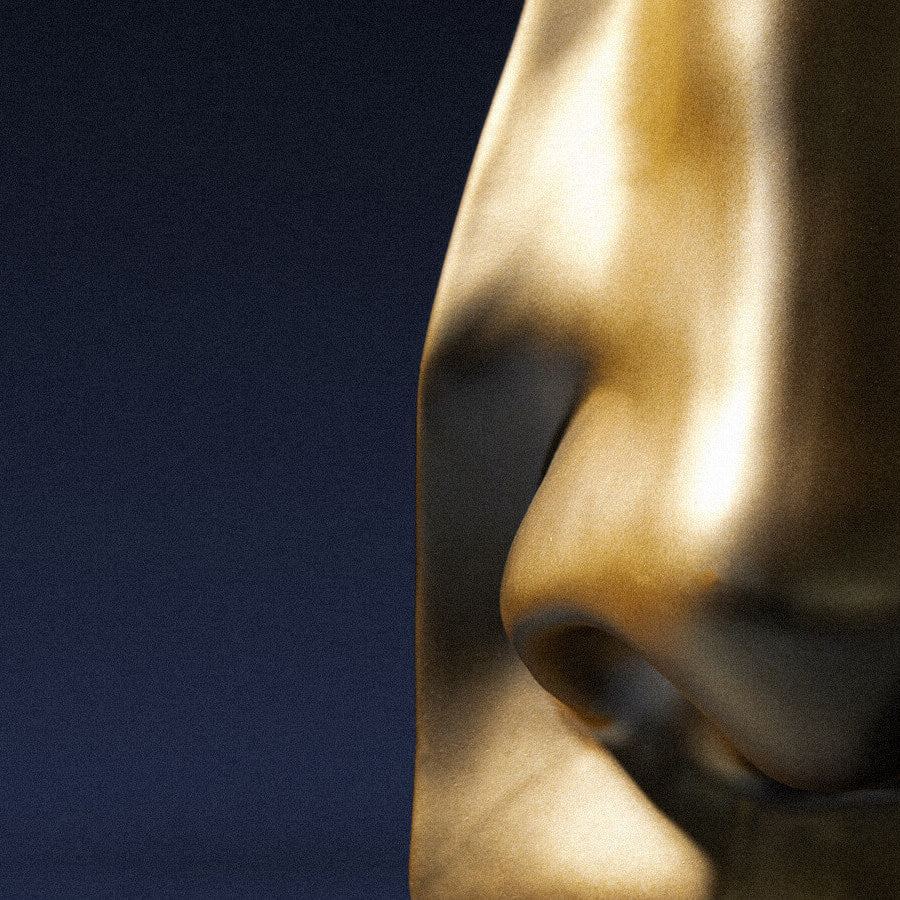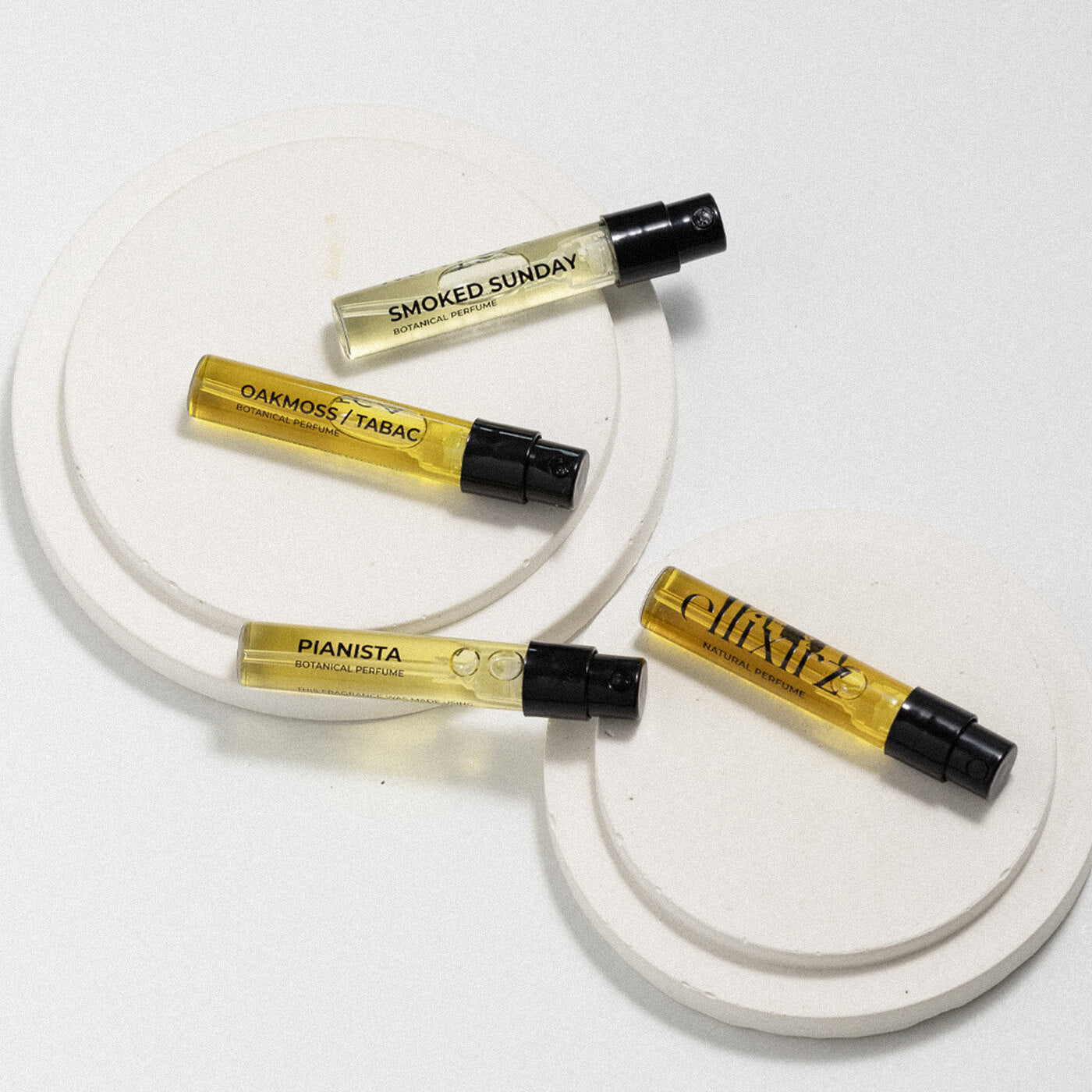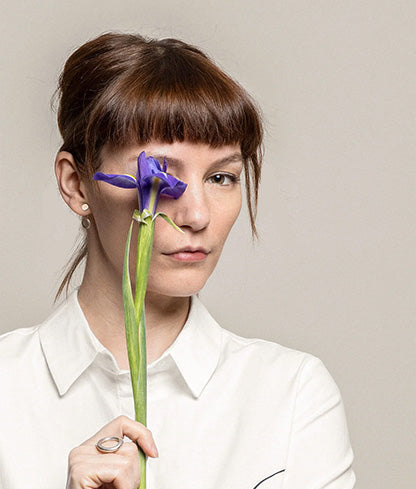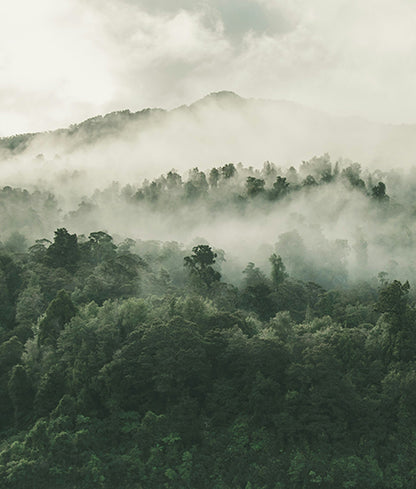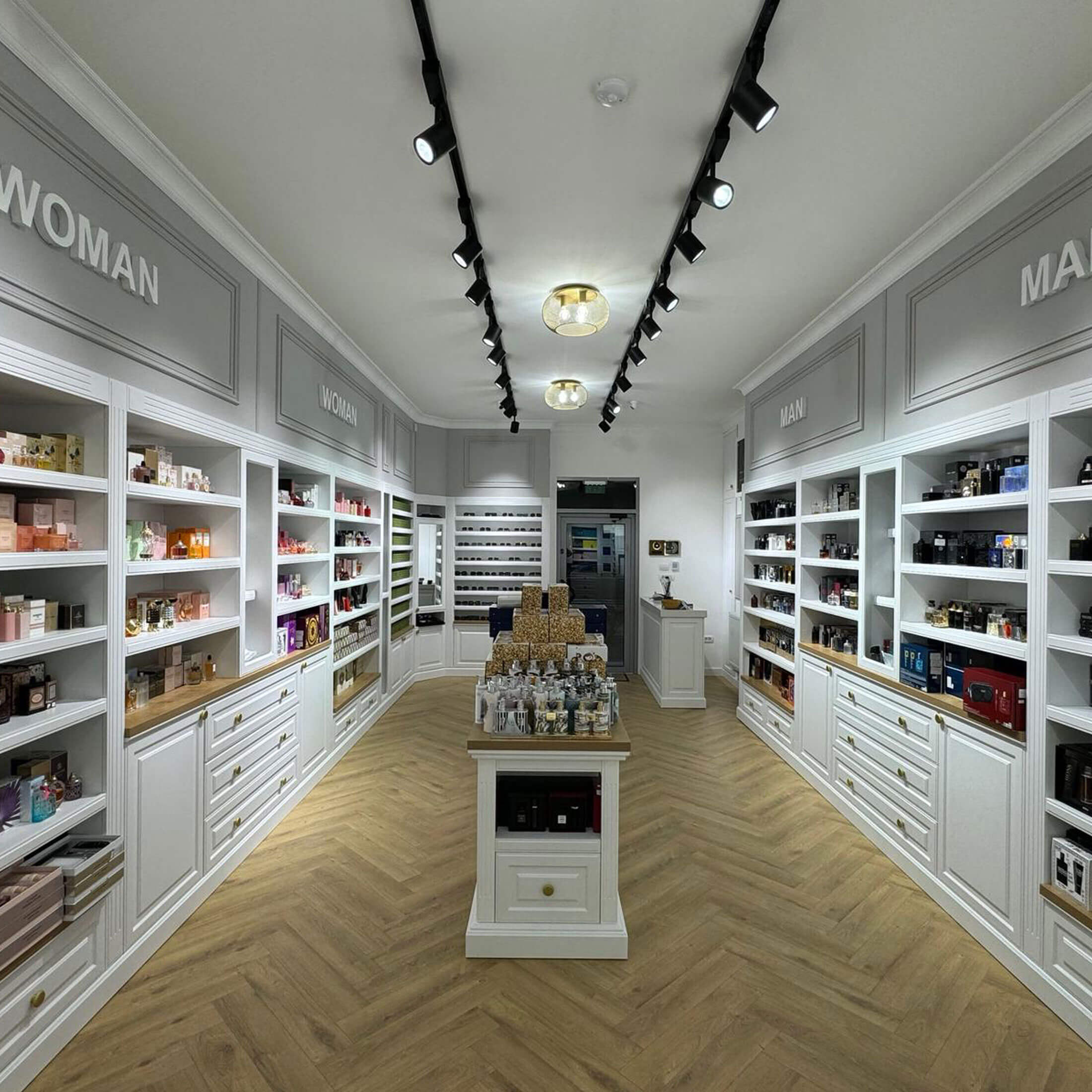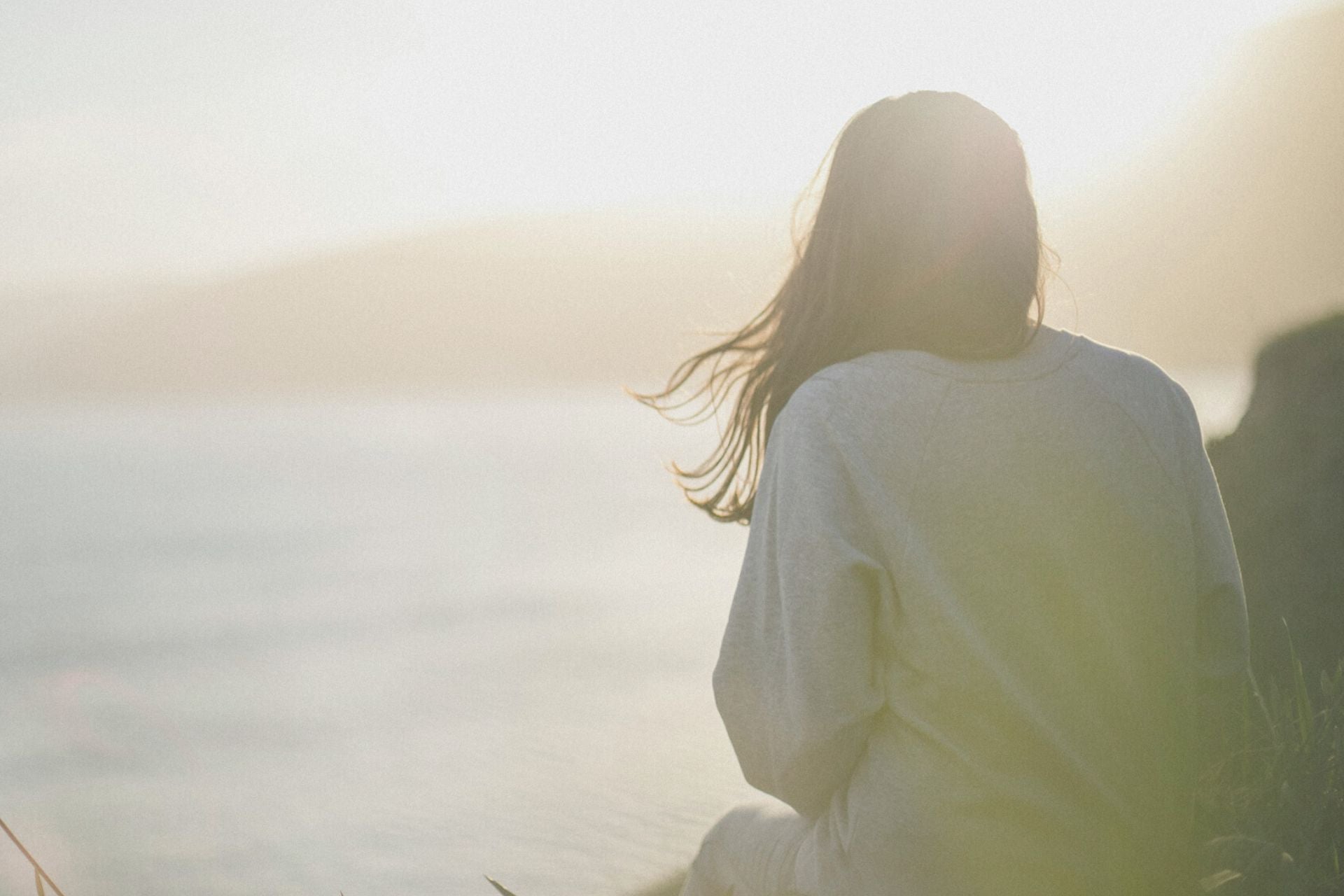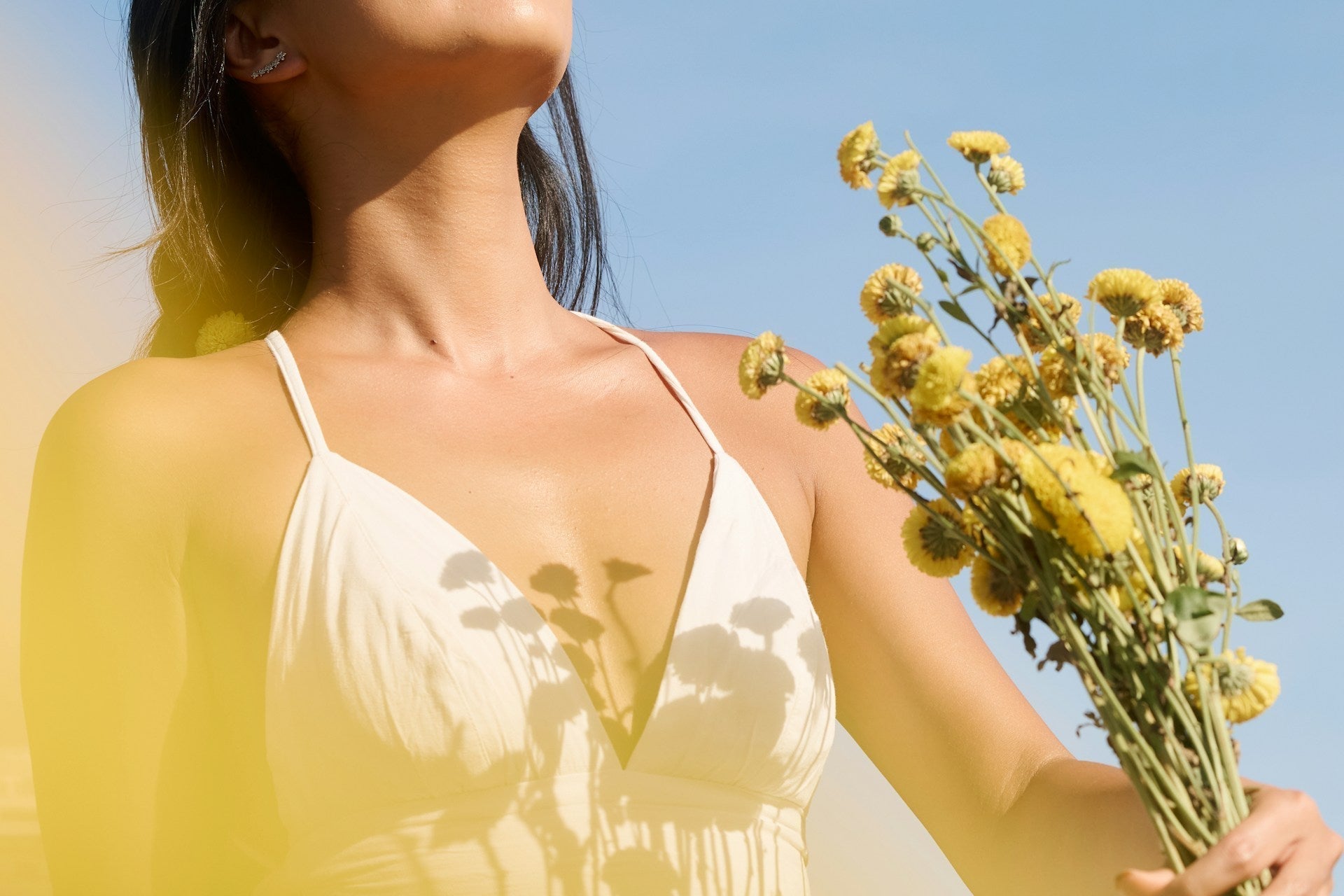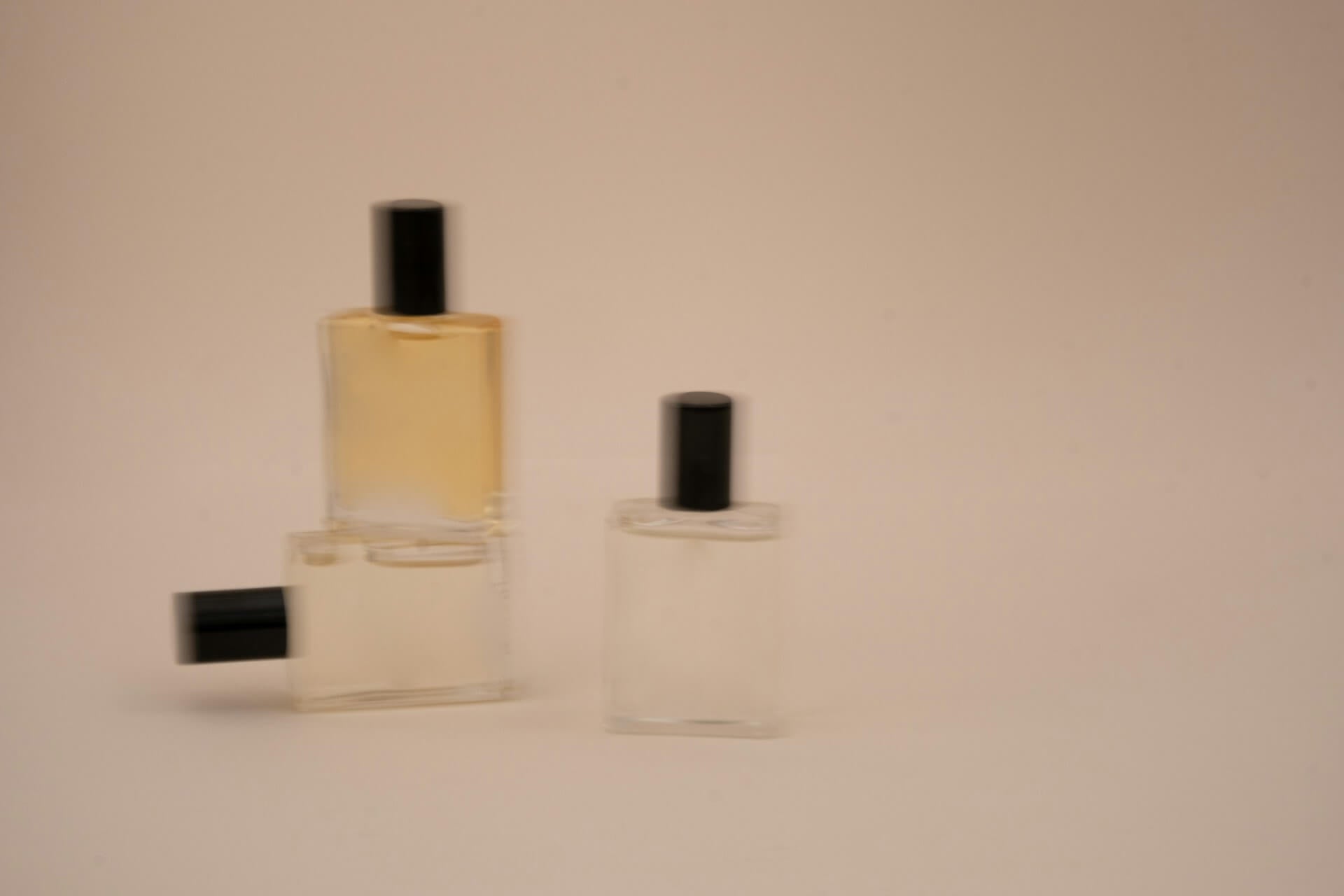
The Most Beloved Perfumes of All Time: Why Have They Remained Classics?
Some fragrances transcend trends, remaining timeless icons that continue to captivate generation after generation. What is it about certain perfumes that make them eternal? From their unique compositions to their deep emotional connections and cultural significance, classic scents have a lasting allure that defies time. In this article, we explore the magic behind the most beloved perfumes, the science of their enduring appeal, and what it takes for a fragrance to achieve legendary status.
What Makes a Perfume Timeless?
Certain perfumes have an almost mythical status, but why do they stand the test of time? Here are the key factors that make a fragrance a true classic:
-
Unique, Well-Balanced Compositions – Classic fragrances are masterfully crafted, often introducing new olfactory structures. They strike a perfect balance between innovation and wearability, making them instantly recognizable yet universally appealing.
-
Emotional & Cultural Impact – Perfumes can define historical moments, pop culture movements, and personal memories. Scents like Chanel No. 5 became symbols of empowerment, while Opium by YSL embodied rebellion.
-
Consistency & Quality – While some reformulations are inevitable due to ingredient restrictions, classic perfumes maintain their signature DNA, ensuring that their original essence is preserved for future generations.

Iconic Perfumes and Their Stories
Chanel No. 5 (1921)
Created by Ernest Beaux for Coco Chanel, this aldehydic floral was revolutionary for its time. Its abstract, sophisticated composition broke away from the simple soliflores popular in the early 20th century, especially through an overdose of aldehydic notes, something new at that time. With Marilyn Monroe famously declaring she wore "only a few drops of No. 5 to bed," the fragrance cemented itself as a cultural icon.
Shalimar by Guerlain (1925)
Inspired by the love story of Emperor Shah Jahan and Mumtaz Mahal, Shalimar introduced the world to the first true oriental fragrance. With its rich blend of vanilla, citrus, and smoky balsams, it remains a symbol of sensuality and mystery.

Diorissimo by Dior (1956)
Created by Edmond Roudnitska, Diorissimo was an homage to Christian Dior's favorite flower, lily of the valley. Unlike its heavy, aldehydic predecessors, this fragrance offered a fresh, natural floral bouquet that stood out in its era.
Opium by Yves Saint Laurent (1977)
This bold, spicy fragrance challenged societal norms with its provocative name and marketing campaign. Though initially controversial, its intoxicating blend of cinnamon, cloves, and myrrh made it an enduring classic.
Le Male by Jean Paul Gaultier (1995)
A modern reinvention of the classic barbershop fougère, Le Male combined lavender and vanilla to create a distinctive, sensual scent that redefined masculinity in fragrance.
The Science Behind Long-Lasting Love for These Scents
-
Scent & Memory – The olfactory system is directly linked to the limbic system, which processes emotions and memories. This explains why people remain loyal to fragrances that remind them of significant moments in their lives.
-
High-Quality Raw Materials – Many classic perfumes rely on premium natural ingredients or carefully designed synthetic molecules that ensure their longevity and distinctiveness.
-
Brand Storytelling – The narratives surrounding legendary fragrances elevate them beyond mere scents. Whether it’s the romantic inspiration behind Shalimar or the avant-garde vision of Chanel No. 5, these stories deepen emotional connections.
How Classic Fragrances Stay Relevant Today
Despite changing trends and regulations, classic perfumes remain in demand. Here’s how they evolve while retaining their timeless appeal:
-
Reformulations – Due to IFRA regulations, certain ingredients (like oakmoss) have been restricted, prompting brands to subtly reformulate their classics while preserving their essence.
-
Cultural Adaptations – Many brands create modern interpretations of their iconic scents, such as Shalimar Souffle de Parfum, to cater to contemporary tastes.
-
Limited Editions & Relaunches – Fragrance houses frequently release vintage formulations and collector’s editions, keeping their heritage alive for devoted fans and new audiences alike.
Can a New Perfume Become a Future Classic?
While only time can determine which fragrances will earn classic status, some modern scents have strong potential:

-
Baccarat Rouge 540 by Maison Francis Kurkdjian (2015) – This saffron-ambergris blend has gained a cult following for its unique, ethereal quality.
-
Black Orchid by Tom Ford (2006) – A dark, seductive floral chypre that remains a bestseller.
-
Santal 33 by Le Labo (2011) – A smoky, androgynous sandalwood scent that has become the signature fragrance of an entire generation.

Classic perfumes are more than just scents—they are cultural artifacts, emotional anchors, and artistic masterpieces. Their longevity is a testament to the craftsmanship behind their compositions, the emotions they evoke, and the way they adapt to changing times. Whether it’s Chanel No. 5’s timeless elegance or Le Male’s modern sensuality, these fragrances have shaped history and will continue to captivate for generations.
Which timeless perfume holds a special place in your heart?


